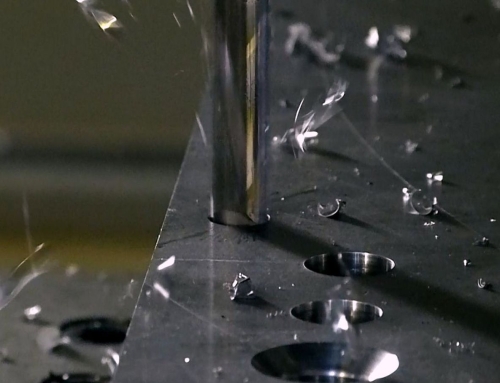Most people think that a bolt is just a bolt. It’s just something that’s used to hold two things together and that’s the extent of it. Fasteners though are incredibly complex pieces of hardware. They are manufactured using different materials, thread types, lengths, and a plethora of shapes and sizes. They have different coatings, classes of fit, and what I want to talk about the grades.
The quick and easy
Right, you want to just identify the grades of the bolts you have. Okay, pretty simple really. If you don’t have any bolts on hand take a quick trip to the hardware store and have a look at their selection.
Bolt grading is used to identify the strength of a bolt. Many fasteners, especially the smaller sizes, are not normally graded. I’m writing this from North America so I’m very well used to the ASTM A325 ratings for bolts and will primarily using those as a reference. I’ve included a couple of metric classes in the table below for reference. Fasteners have special markings not only on the screw head portions but also on the nuts. If you are replacing a graded fastener, ensure that you do so with the same or higher grade.
Since there are so many different grades and fasteners, and to be honest, they look all the same at a quick glance that it is critical that the manufacturers identify the properties of the fasteners.
Grade Locations
Screws are marked on the top of their heads. The exception being small, or slotted/recessed head fasteners as there is no room. A head that has no markings should be considered a Grade 2.
[table id=5 /]
Builder Trivia
Understanding what some of the terms in the table above you may wonder what it all means. Or you may just think, dude, you are such a dork… For me its a little of both. I like to fully understand the reasons why I use some things. Getting into the math and info below, for our purposes as droidbuilders and where we typically operate at, there really isn’t any need for us to use higher than grade 2 bolts and be done with it. I personally use grade 8 as I know there isn’t anything I can do with my droid that will damage the fasteners without completely obliterating the droid.
Anyhow, lets continue on with some additional terms that are just good to know.
Proof Strength
This is sometimes known as the proof load. This is the tension applied load that the fastener can withstand without any indication of permanent deformation or failure. Rule of thumb this is usually calculated at 90-93% of the minimum yield strength.
Tensile Strength
This is the MAXIMUM tensile applied load the fastener can hold prior to fracture. In plain talk, its how much force is required to pull the two items apart before it breaks.
Yield Strength
Is the stress at which a predetermined amount of permanent deformation occurs. The amount of permanent deformation can be up to 0.2%, anything higher and it fails. The yield strength is what I would consider the most important thing to consider in what fastener chosen.
story time – Have you ever tried to remove a bolt that has somehow become slightly bent? Remember how much a pain it was getting it undone. Well that’s why you choose a bolt with a high yield strength. That example of the bent bolt show you that more load was applied to the bolt than it was rated for.
Reality Check
Here’s the reality, looking at the yield strength in the chart above, you can certainly see that a Grade 2 bolt is more than sufficient to adequately fasten anything on your droid. I literally can’t conceive of anything that your droid could possibly be doing that would rate using anything higher. I personally use grade 8, but that has more to do with me not wanting to have to carry a bunch of different stock bolts and just stick to one.
